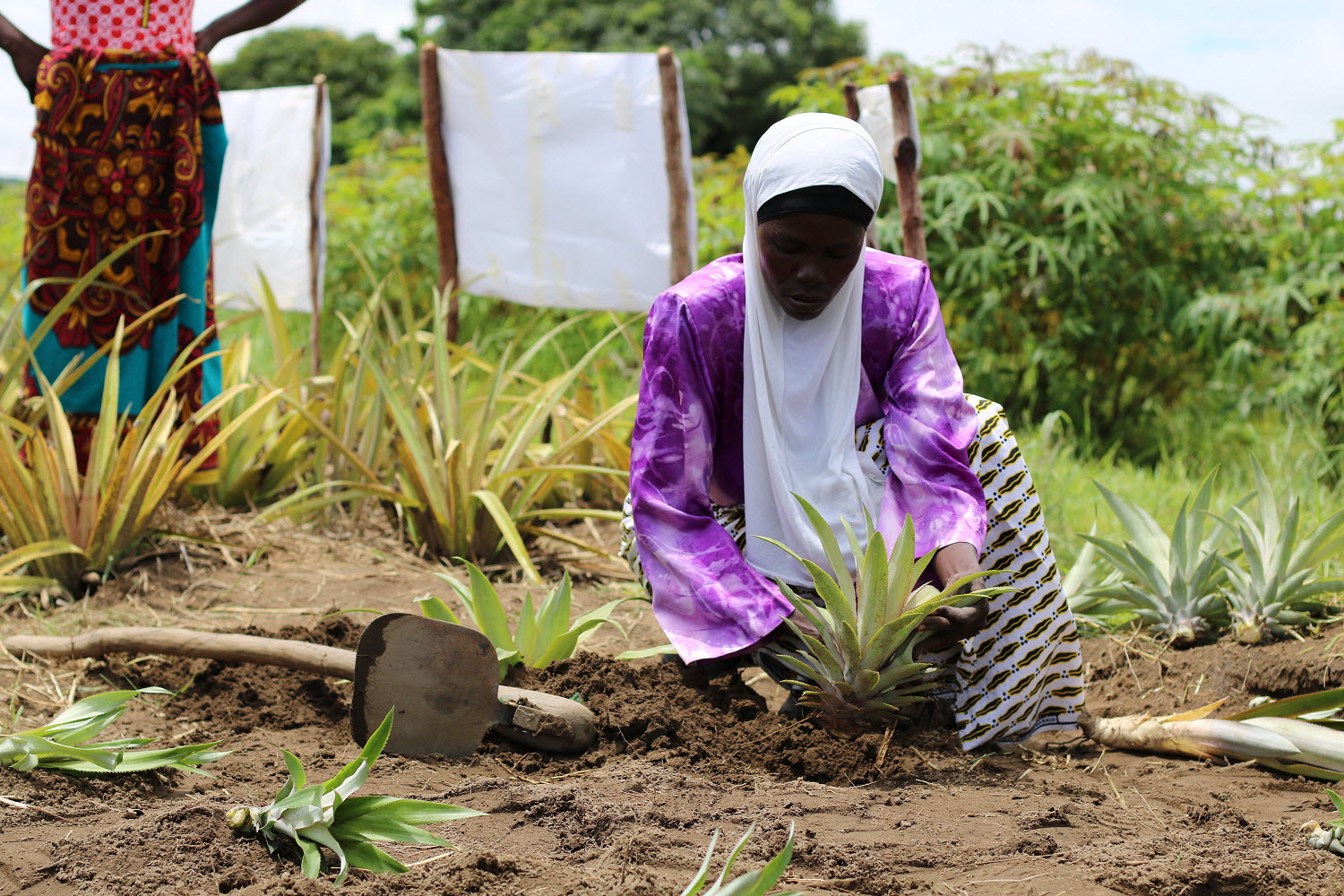
Transforming landscapes and livelihoods: A cross-sector approach to accelerate restoration of Malawi’s Miombo and Mopane woodlands for sustainable forest and biodiversity management
Country overview
The Miombo woodlands of Malawi are under severe pressure resulting in serious negative effects for the rural poor depending on them directly and indirectly. The main drivers of degradation are conversion to agriculture, timber extraction, fire and land clearing for biofuels. An estimate of climate change-related risks under the 2ºC warming scenario in globally significant biodiversity conservation areas highlights the Miombo and Mopane ecoregion as one of the most exposed to temperature changes, and a greater reduction in wet day frequency and seasonal precipitation.
How does the DSL-IP support Malawi?
The project will focus on the dry Miombo and Mopane ecosystems of the upper Shire Basin, and more in concrete in three target landscapes in the Districts of Mangochi, Ntcheu and Balaka, which were selected at the design phase based on biodiversity, land degradation and climate change vulnerability criteria.
The project aims to improve livelihoods and economic diversification of rural communities in two productive landscapes of the Upper Shire River Basin of Southern Malawi by promoting best land management practices and green value chains for key agriculture and woodland commodities. The project will promote sustainable management of the Miombo and Mopane productive landscapes of the Districts of Balaka, Ntcheu and Mangochi to contribute to national land degradation neutrality targets.
To achieve this objective, the project is structured into three interlinked technical components:
- Component 1: Effective governance support on LDN at the national level and in the targeted Mopane/Miombo landscapes will enhance the enabling environment for LDN through strengthening the governance for sustainable management of the Miombo/Mopane woodlands in the target landscapes, creating a more conducive policy and regulatory environment, with enhanced cross-sectoral and multi-level coordination and cross-compliance and policy and regulation/bylaw formulation and implementation, as well as supportive financial instruments at both national and sub-national levels.
- Component 2: Scaling out SLM and SFM best practices at the landscape level to support the development of environmentally sound, socially beneficial and economically viable green value chains will put in place gender-sensitive integrated landscape-level management systems, plans, tools/technologies and practices for climate adaptive FLR/SLM/SFM activities, and will support for the development and adoption of innovative, economically viable climate-smart Green Value Chains (GVCs) for SLM/SFM derived products.
- Component 3: Effective knowledge management, monitoring, and linkages with the SFM-DSL-IP will create a supportive environment for LDN monitoring at national and landscape levels under the National FLR Monitoring Framework, and will promote national, regional and global efforts to improve knowledge management systems and the sharing of knowhow on effective LDN practices across the six Miombo/Mopane countries.
Project’s Target Contributions to GEF-7 Core Indicators
| Nr Core Indicator | Project Core Indicator | Expected Result |
| 3 | Area of land restored (Hectares) | 16 299 |
| 4 | Area of landscapes under improved practices (excluding protected areas)(Hectares) | 420 539 |
| Total area under improved management (Hectares) | 463 838 | |
| 6 | Greenhouse Gas Emissions Mitigated (metric tons of CO2e) | 712 288 |
| 11 | Number of direct beneficiaries disaggregated by gender as co-benefit of GEF investment | 150 000 |
